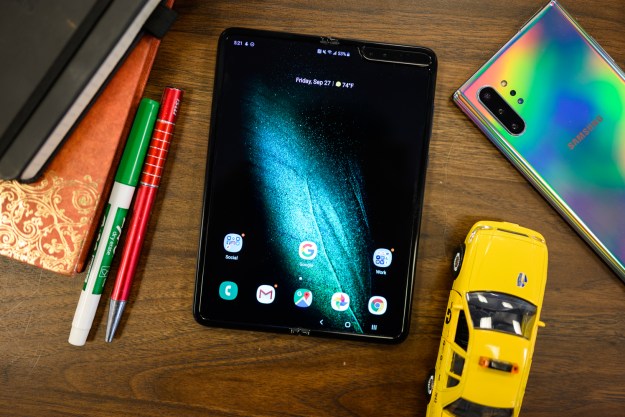Riding high on the success of its 2021 smartphone lineup, Samsung is very bullish on its prospects for 2022. According to South Korean publication The Elec, Samsung recently shared its 2022 smartphone shipment plans with select suppliers. The plan envisions Samsung improving its market share by two percentage points next year to take its global market share to 21.9%.
The report adds that Samsung expects a significant uptick in smartphone sales next year due to “revenge spending” trend on smartphones. What this means is that as the effects of the pandemic wane, Samsung expects consumers — many of whom held off on purchases in 2020 and 2021 — to finally replace their aging smartphones in 2022. Samsung estimates that 2022 will see 1.5 billion smartphone shipments — a growth of over 7% from the figures from 2021.

The shipment plans reveal that Samsung will start 2022 by launching the much-delayed Samsung Galaxy S21 Fan Edition in January. This will be followed by the Galaxy S22 series a month later. The very next month, in March 2022, Samsung intends to expand its midrange A-series lineup with the Galaxy A53 and the Galaxy A33. These will be followed by the Galaxy A23 in April and the Galaxy A73 in May. Apart from these, the company will also launch its M Series handsets in emerging markets like India and Russia.
As expected, Samsung’s midrange portfolio will account for the bulk of the sales, with the Galaxy A20 and A30 series alone accounting for more than 267 million units. In addition, the Galaxy A50 and A70 series devices are expected to account for 92 million units, while the Galaxy S22 series will account for more than 33 million units.
The document also acknowledges the stiff competition that Samsung faces from Chinese rivals like Xiaomi, Oppo, and Vivo. The company’s own data reveals that the 2019 market share of Chinese smartphone brands was 43.8%, with Huawei garnering a significant chunk of that. However, even with Huawei more or less decimated in 2020, the combined market share of Chinese
In order to grab more market share from Huawei, Samsung has planned a series of aggressive marketing campaigns, which it believes will result in Chinese smartphone brands losing nearly 2% market share in 2022 to bring them down to 45% of the
With 2022 just a month away, it will be interesting to see how Samsung’s grand strategy plays out.
Editors' Recommendations
- I compared Google and Samsung’s AI photo-editing tools. It’s not even close
- Samsung may have a big surprise in store with its next folding phone
- The OnePlus 12 has one big advantage over Samsung and Apple
- Everything Samsung announced at its Galaxy S24 event
- Samsung just teased its Oura Ring killer — the Galaxy Ring




